Stellaris is a sci-fi grand strategy game set 200 years into the future. In the game, players can control one empire in the milky way galaxy that has just acquired the technology to travel to other star systems. In this game, players can experience first contact with other alien species, wage wars with other empires, or conduct diplomacy should they choose to.
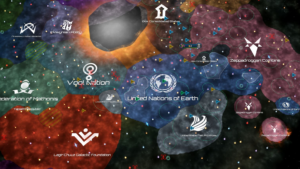
I will analyze how the game introduces all kinds of mechanisms and incentives for players to achieve weak balances between empires.
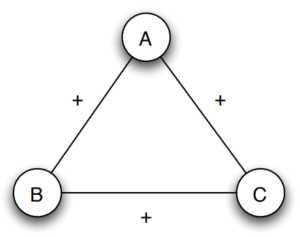
Let’s imagine that when these three empires first meet, they all have favorable first impressions of one another because they hold similar ideologies or governing principles. From A’s perspective, attacking B or C would be foolish because B and C may very well team up to defend each other. As a result, the triangle achieves its initial equilibrium. Following that, they can open their borders to one another, sign migration treaties and defensive pacts, or even establish a federation. In each instance, the balance would be even stronger because each member would progressively become more dependent on the others.
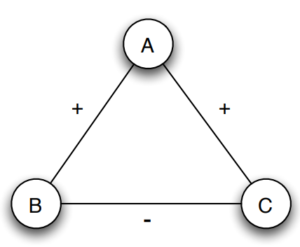
The game’s mechanics in this very interesting case force players to make choices that would produce a balance. Assume that A is the player and that A gets along reasonably well with B and C. When B and C acknowledge that they are both close to A, they might decide to mend their bonds, making the balance the first case. But what if they don’t get along at all and see each other as competitors? In this scenario, the game would prompt player A to choose a side, warning them that failing to do so would result in both B and C disliking A for continuing to be friends with their rival. As a result, player A would eventually turn completely neutral or support one particular empire.
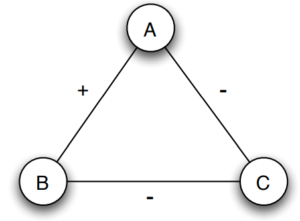
Two empires A and B in this instance have a common enemy C. Because they share an enemy, the two empires may very well agree to a defensive pact to shield one another from C, so they must keep a cordial relationship. As a result of the combined strength of A and B, C would be hesitant to attack any of them. As allies, A and B may also agree to sign a research agreement to further strengthen the technology they have developed. Therefore, these 3 empires can also achieve a balance.
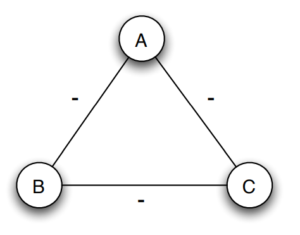
In this case, each empire regards one other as a rival. When any two of them are at war, let’s assume B and C, then there is a strong incentive for A to join the war and take advantage of both sides, annexing their territories and seizing control of rare resources. Knowing this, B and C are unlikely to start a war unless they feel confident enough to defend themselves from A. The same applies to A. As a result, there would be a tenuous balance between the three empires.
Conclusion:
Just like the real world, the game allows players to use war or diplomacy to maintain any kind of relationship with other empires. The game encourages players to take advantage of weaker empires and annex their territories by placing a cap on some of the resources. Additionally, the game encourages players to engage in meaningful diplomacy in order to maintain positive relationships with other AI players because there is always uncertainty associated with technological advancement.
Inspiration:
https://www.researchgate.net/publication/353374538_Digitising_Diplomacy_Grand_Strategy_Video_Games_as_an_Introductory_Tool_for_Learning_Diplomacy_and_International_Relations